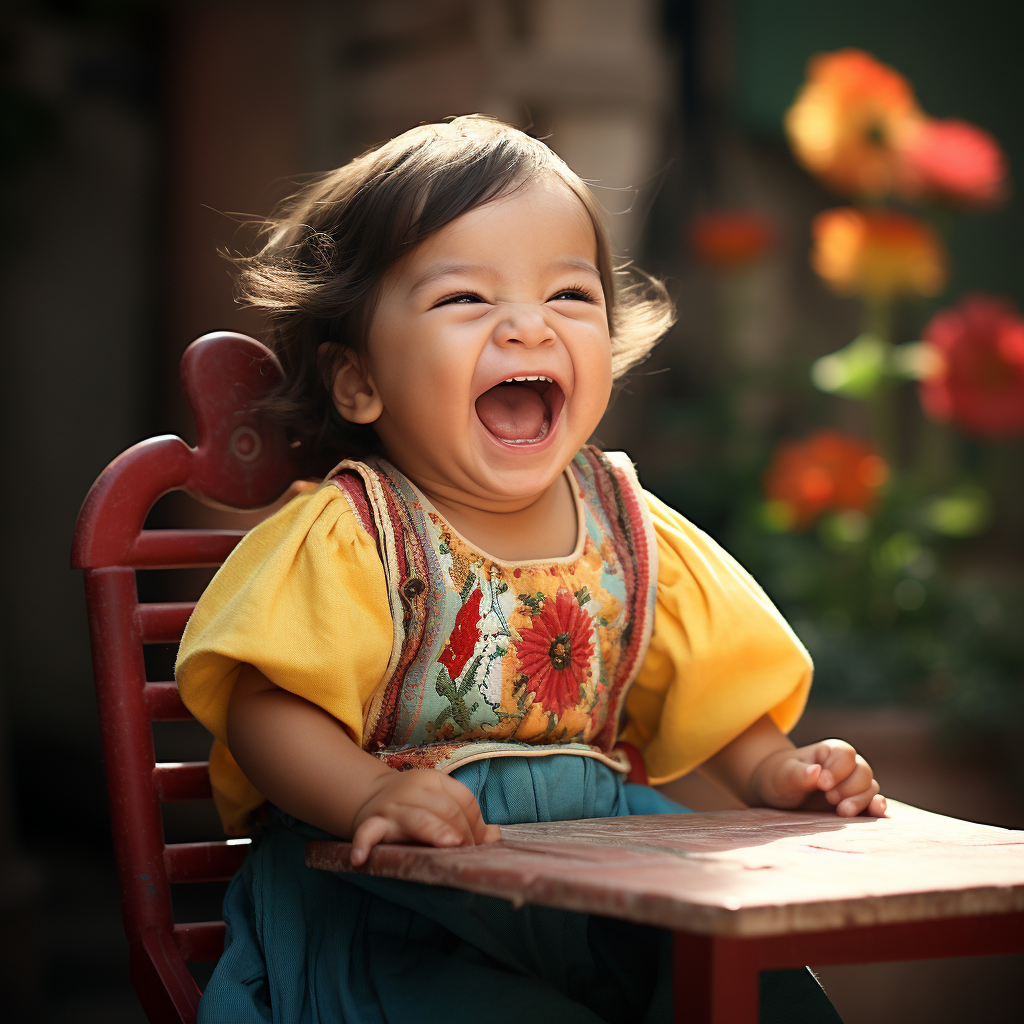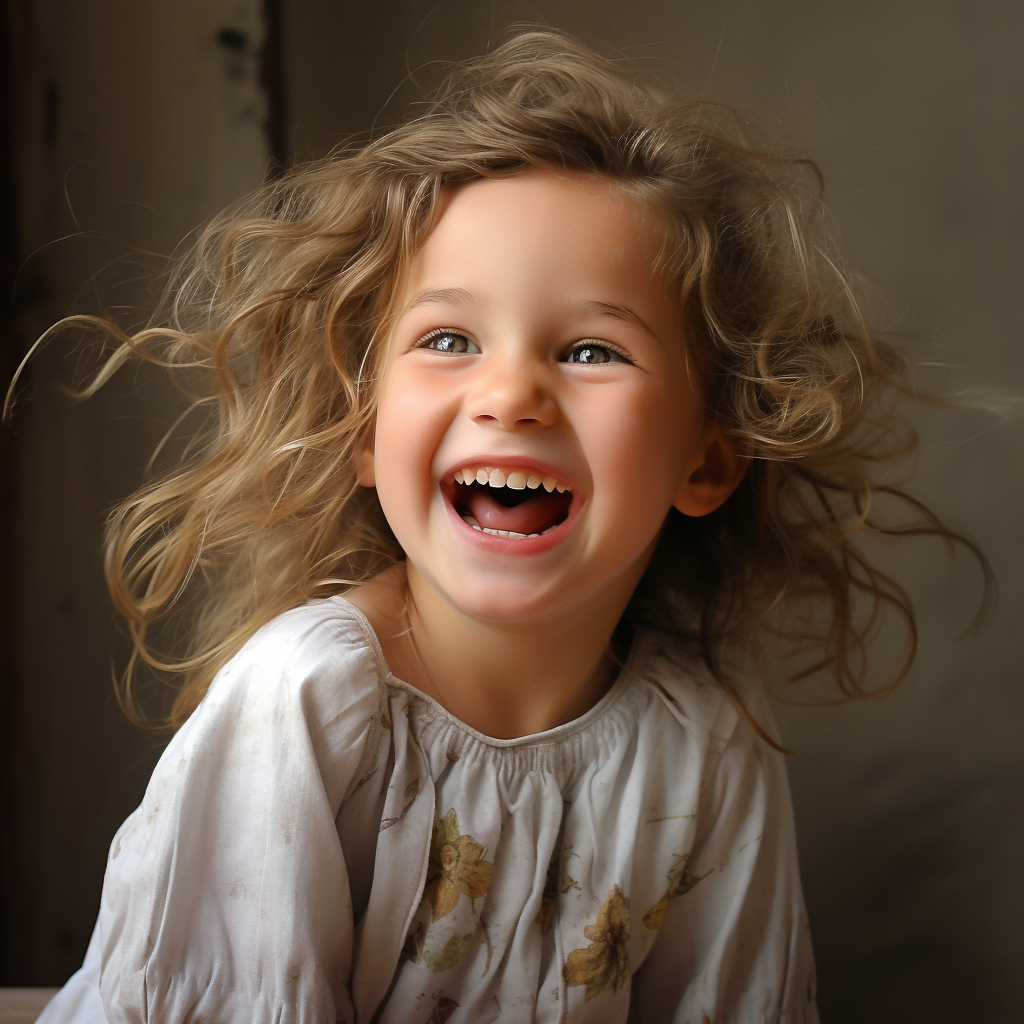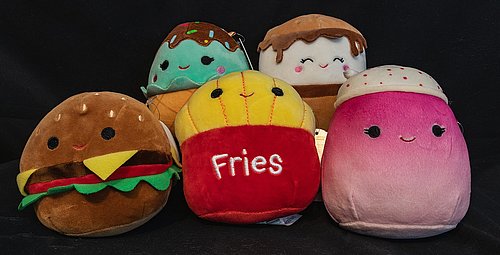
Understanding Kids - What makes kids laugh?
What makes children laugh between the ages of 0 and 6
By
Maurice Wheeler

The Importance of humour
When it comes to children’s development, we have a tendency to focus on skill building that we can quantify, like learning numbers, letters, colours and shapes. More abstract skills, like humour, sometimes take a back seat. But humour is an intellectual and emotional skill; developing it is an important part of growing up.
As early as preschool, those with a strong sense of humour are better liked by their peers, and have more friends, higher self-esteem, better health and a more positive outlook on life. Children with a well developed sense of humour are also better able to deal with their own quirks, are more tolerant of others and have greater emotional intelligence.
All this to say that being the class clown might not be such a bad thing, after all. And if that last sentence didn’t make you crack a smile, it’s OK. Research shows that a sense of humour is learned, not inherited.
There are around twenty different categories of humour that kids find funny. From simple silly faces to classic-road-runner chase scenes and supercalifragilistic nonsense words, there is a huge range of ways to get kids giggling. To make it simple for those looking to get a laugh, we’ve put together a breakdown of age groups from 0-7, what they find funny, and what to include in your content aimed at that age bracket.
How to develop funny content for different age groups
0 to 6 months
What they find funny
In the first few months of their lives, babies don’t have a sense of humour as such. They laugh because they find something physically arousing such as tickling or bouncing up and down on your knee
What to include/How to make them laugh
For this age group the humour needs to be physically stimulating and include elements where a co-watcher can join in to generate the intended smiles and giggles. So include clear sections where the co-watcher can tickle, jiggle, wriggle their toes, wobble their hands etc while the child watches.

6 months to 12 months
What they find funny
The opportunities for laughs open up a little more at this age, as babies start to understand more of their environment and their senses. Coming up to their first birthday day, babies start to find interaction with others humorous, so making silly noises will make this age group laugh. Peek-a-boo is a reliable hit, as objects disappearing and reappearing create elements of surprise and ‘I wasn’t expecting that’. As a child’s awareness of social norms grows, so does their laughter when something goes slightly wrong.
What to include
Use simple elements of surprises (peek-a-boo is a classic for a reason) and light disruptive behaviour (like dropping things on the floor) as babies start to find breaking social rules funny. Silly faces, funny noises and exaggerated “oops” gestures also work well for this age group.

12 months to 2 years
What they find funny
From about a year old, children start to understand make-believe. As their imaginations develop everyday items can be turned into something else to assist in the ‘pretend’. Toilet humour will start to be funny for those who are transitioning through it themselves!
What to include
Make believe is key: humour for this age can involve turning objects into something they’re not, calling objects by the wrong name, and people pretending to be something else (like an animal). Loud and exaggerated gestures (like a sneeze) that are disruptive to the setting will land well, and at the later end of this age range, toilet humour will get a giggle.

2 to 3 years
What they find funny
For toddlers, silliness is king. But there is also room for added complexity as childrens’ understanding of language starts to be more nuanced, and words start to be funny. They’ll enjoy misnaming common objects such as calling a dog a cat or using opposites, like describing something going fast as slow or hot as cold. Their increased grasp of language allows them to generate their own humour by substituting words i.e. ‘Twinkle Twinkle Little Cat’.
What to include
Include silly dialogue between characters, silly expressions, and over-the-top actions. At this age, children understand many social situations and norms, and breaking those norms becomes increasingly funny. Anything that alters an expected outcome is great fodder. These can be physical objects that are out of place, like putting your socks on ears instead of feet, or changing the lyrics to well known songs and phrases, like “head, shoulders, knees and monkeys”. In the same vein, use opposite words to describe the narrative (like calling something hot if it’s cold)
Some children will also start to find humour in mean behaviour, such as pushing someone. Think gentle slapstick, and stay away from being too mean!

3 to 5 years
What they find funny
From 3 years old, childrens’ sense of humour continues to expand around breaking expectations. Children start to play with words; using rhyming nonsense words to raise a smile, i.e. asking for some ‘chicken, licken wicken.’ The theme of nonsense also applies to object naming, i.e. renaming their drink as ‘moose juice.’ Distortion of objects is also funny, i.e. putting a cat’s head on a dog or over/under sizing common objects such as glasses on a person’s face.
What to include
3-5 year olds enjoy nonsense in everything from words to characters to objects. You might introduce characters with a strange combination of features ie. a duck boy or a giraffe with short legs and neck, as well as the introduction of ‘non typical’ characters or behaviours, like Pigs that go baa and Hippos that dance.

6 to 7 years
What they find funny
Around this age, children start to understand the form of jokes and riddles. Their understanding of language allows them to find humour within plays-on-words.
What to include
Humour for 6-7 year olds can include classic jokes and punchlines, like Knock Knock and Dr Dr Jokes. Experiment with word play, like using homophones to bring the ridiculous into a scenario. ie) baking a cake and putting in a flower, not flour.
Including pranks is also funny for kids this age, like a bucket of water over a door, and continually adding shampoo as someone tries to wash it out.

The 21 Humour Types
- Hide & reveal games: Peekaboo
- Tickling
- Funny faces
- Bodily humour: Strange body movements
- Funny voices
- Chasing
- Misusing objects: For example putting a plate on your head
- Teasing: For example offering an object and then taking it away
- Showing hidden body parts: Revealing tummy
- Scaring others
- Acting like something else
- Taboo topics: Poo and flatulence jokes
- Mislabeling: Calling a cat a helicopter
- Making fun: Calling someone a nincompoop
- Aggressive humour: Shoving people
- Playing with concepts: Playing around with norms and talking nonsense, Knock Knock jokes that doesn’t make sense, dogs that moo etc
- Nonsense words
- Playing with social rules: Sitting on the dining room table
- Tricks: Playing tricks on people
- Puns
- Funny noises
Sources
What's funny to a preschooler?
https://www.youtube.com/shorts/5GjxDlV_vq0
Humor As a Key to Child Development
How your baby's sense of humour develops – and what you can do to boost it
Try these top 9 tv shows guaranteed to make your kid laugh
It’s no joke! Laughter is a vital part of a child’s development
How children develop a sense of humour
When do we first develop a sense of humor


